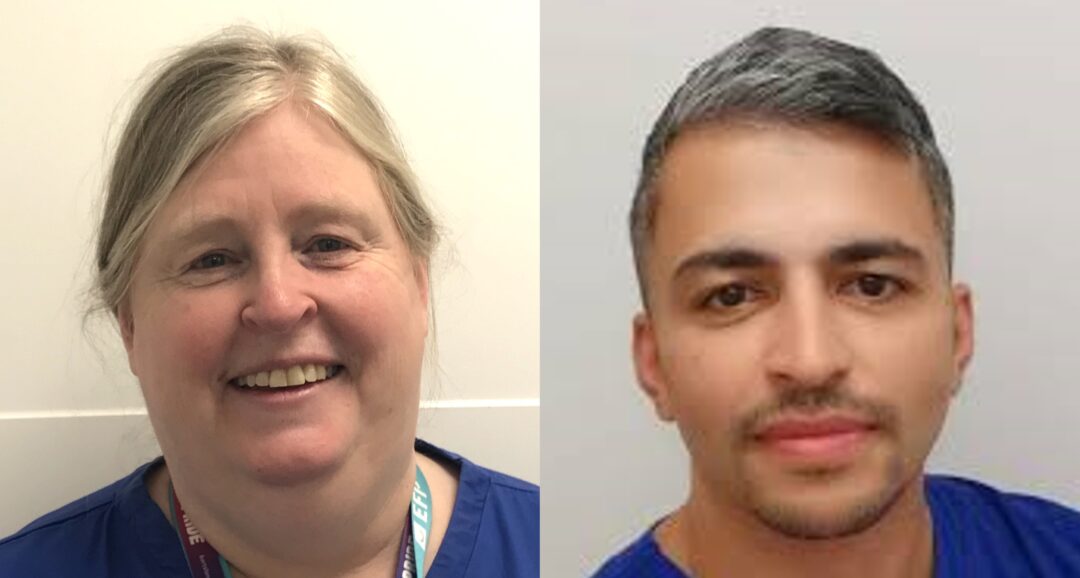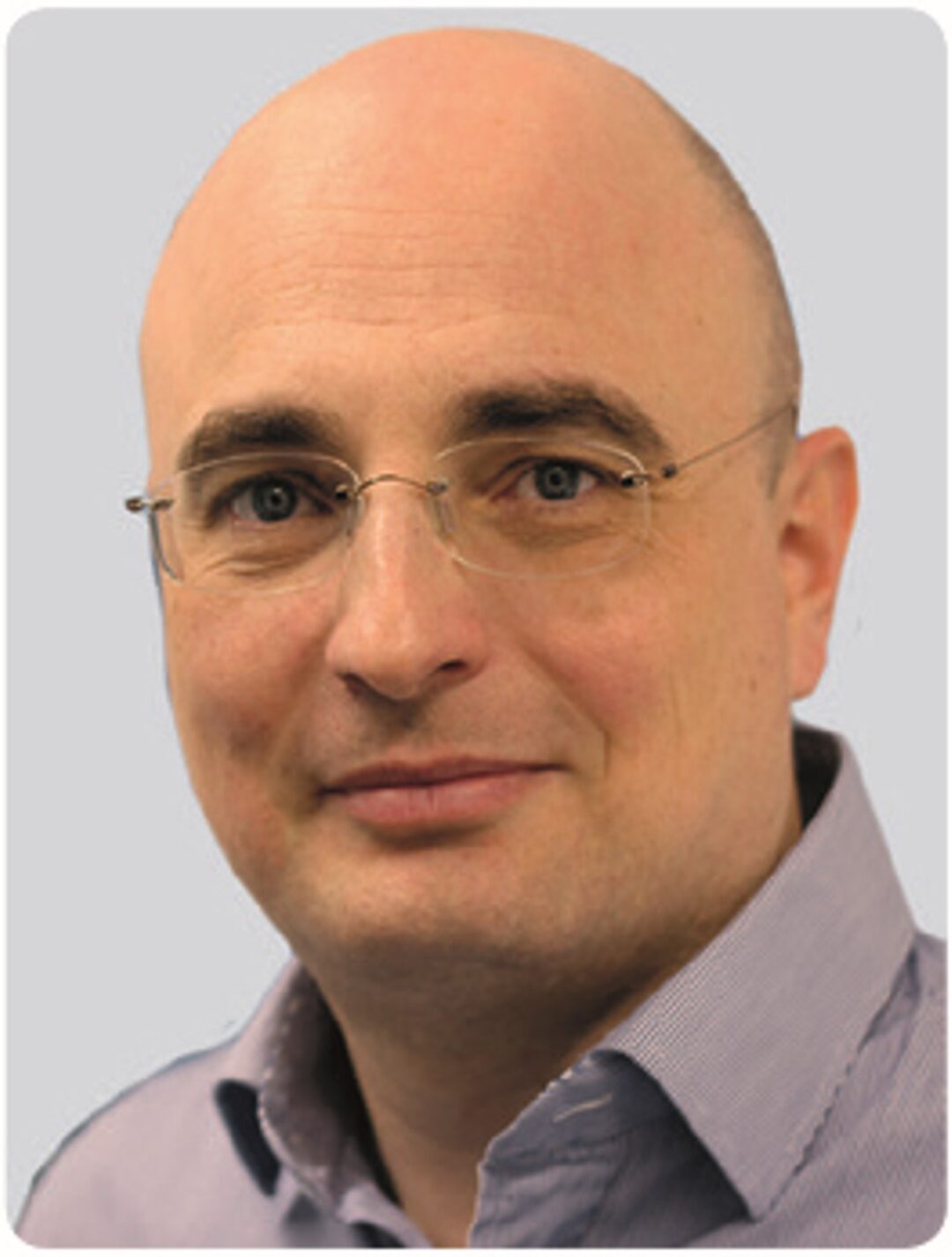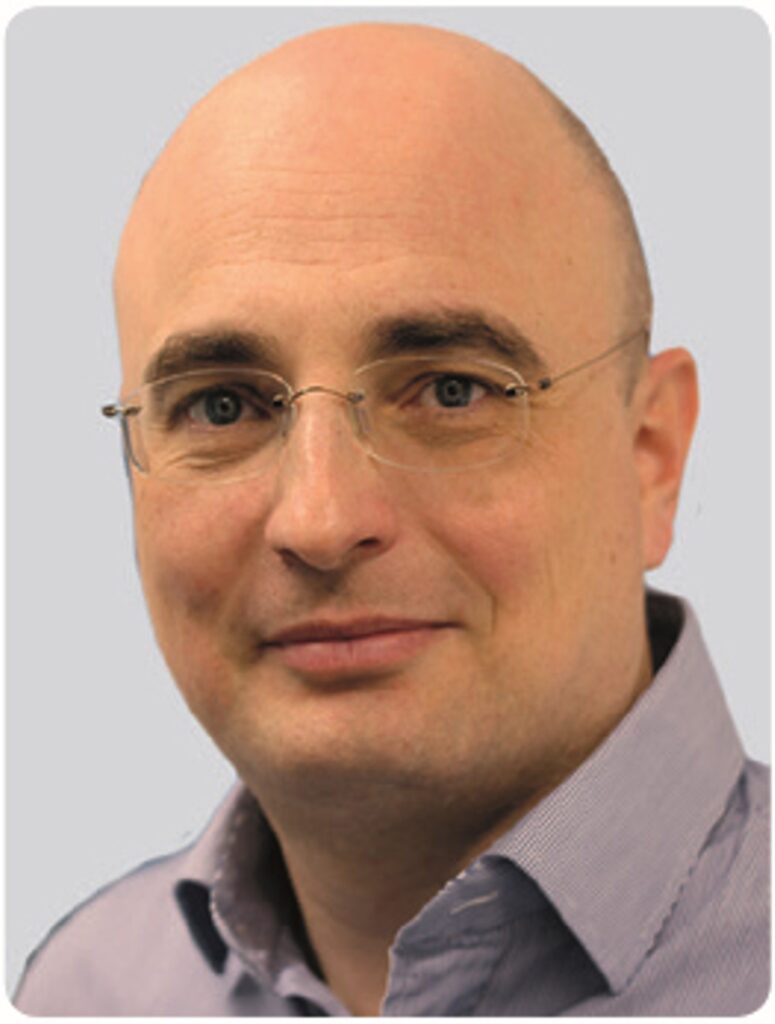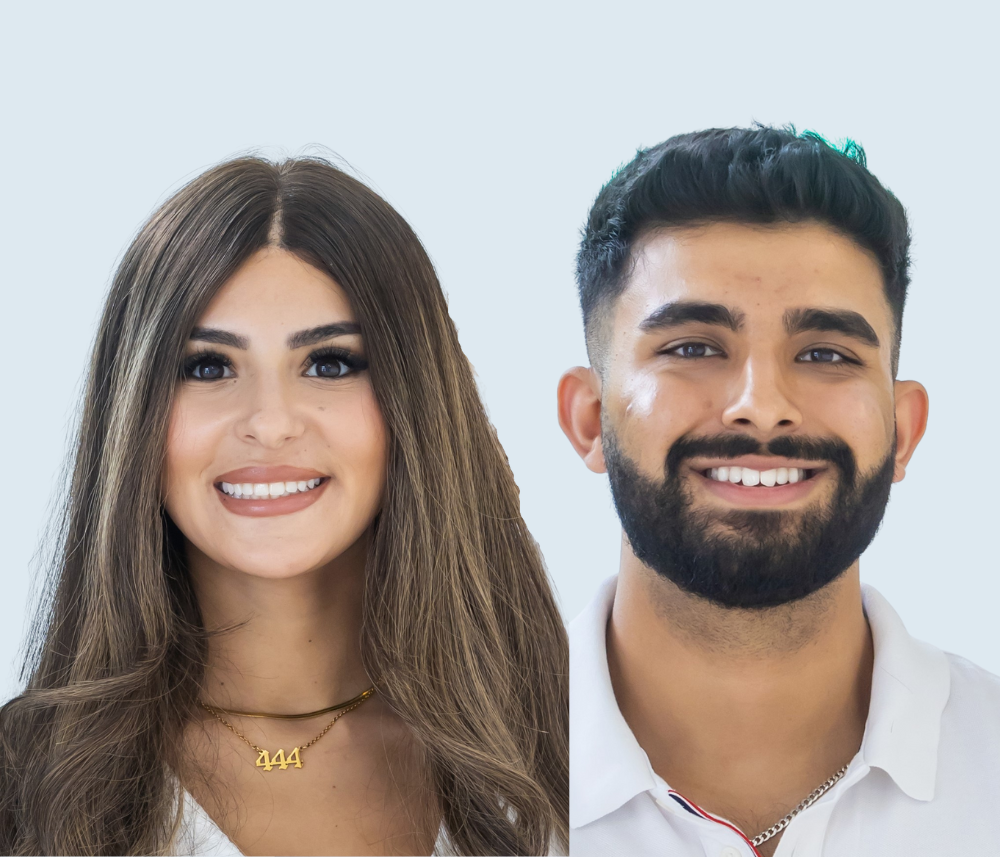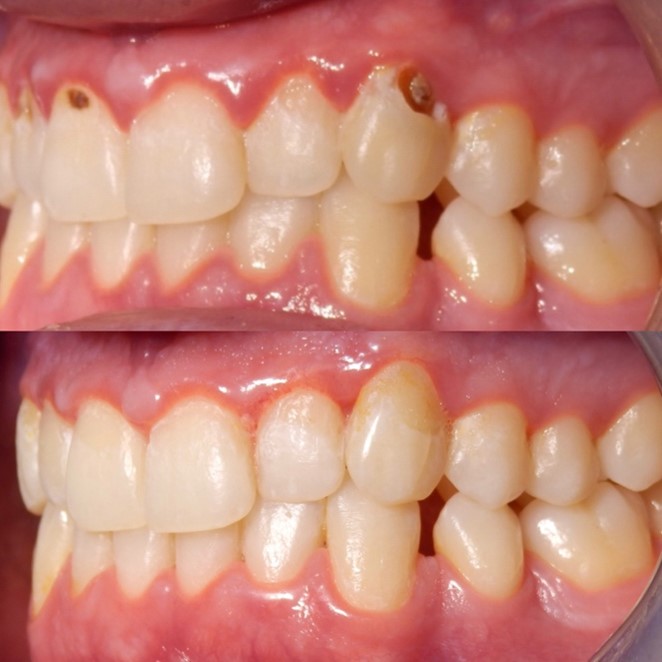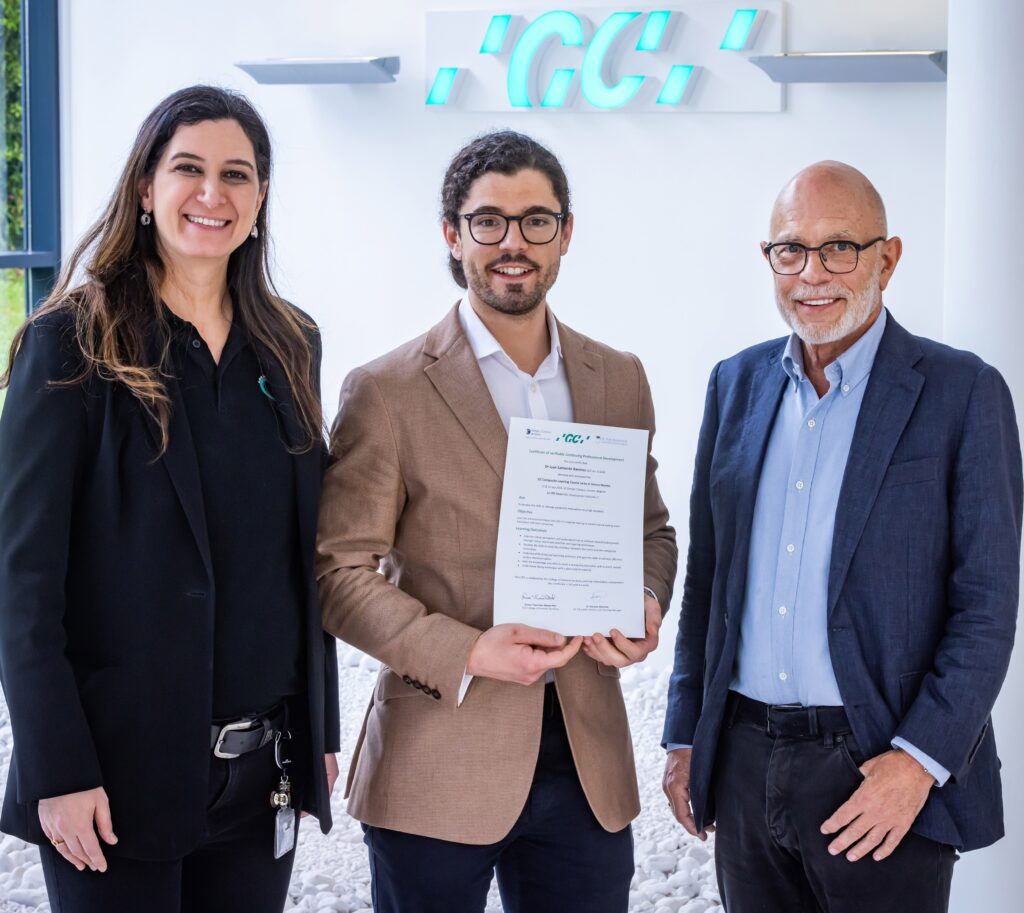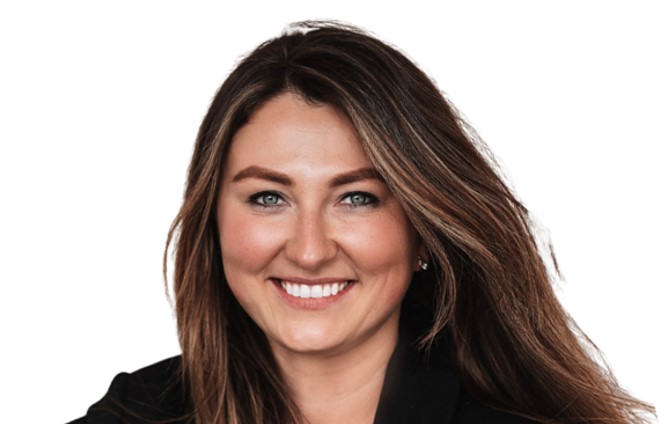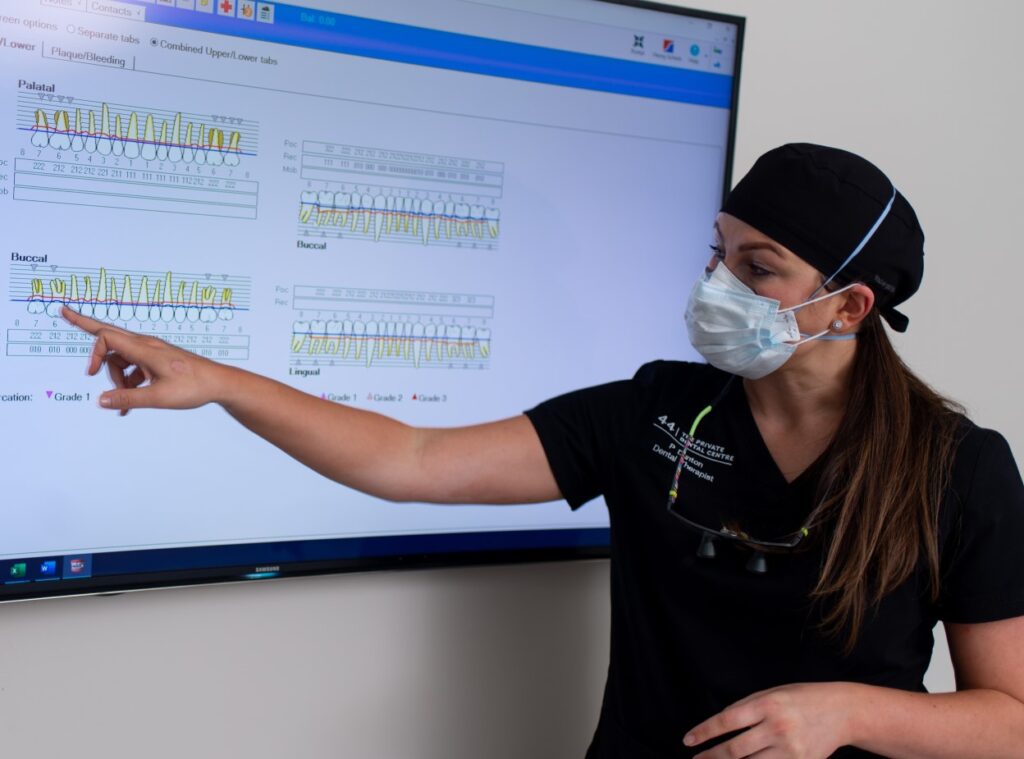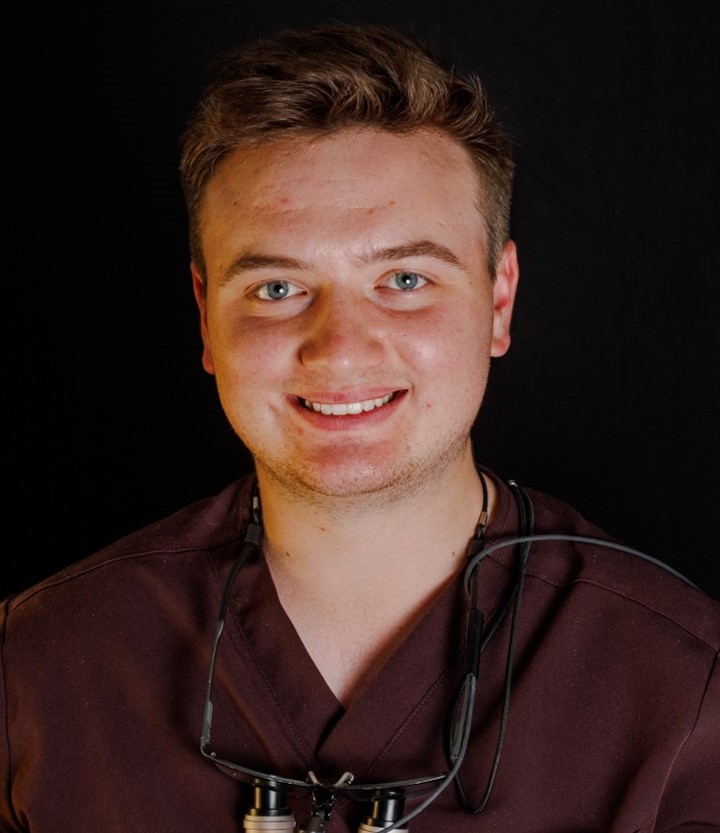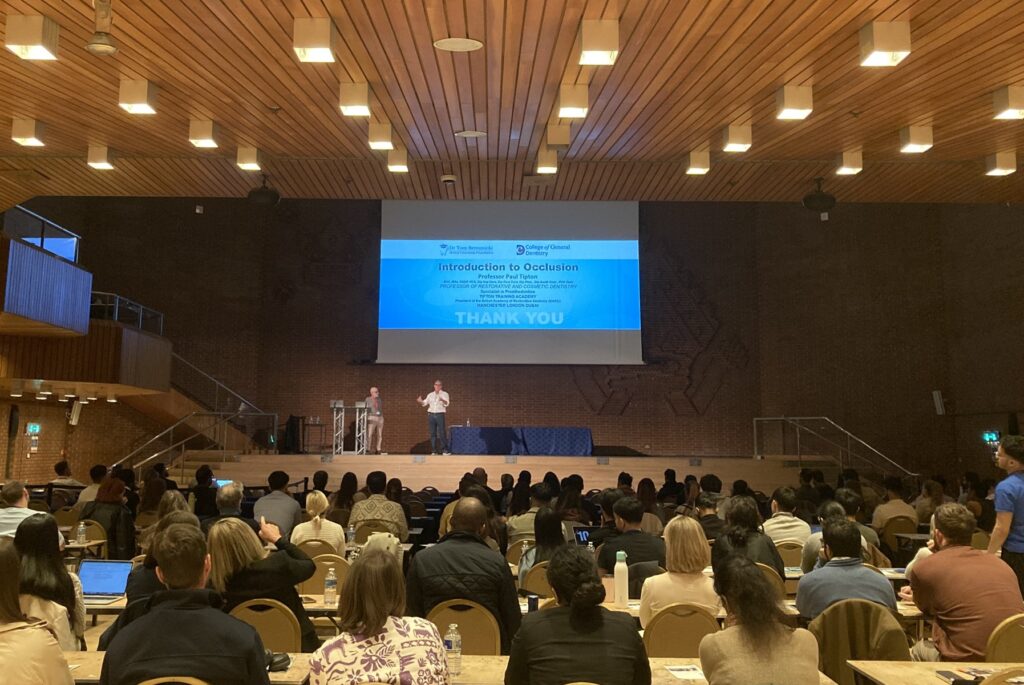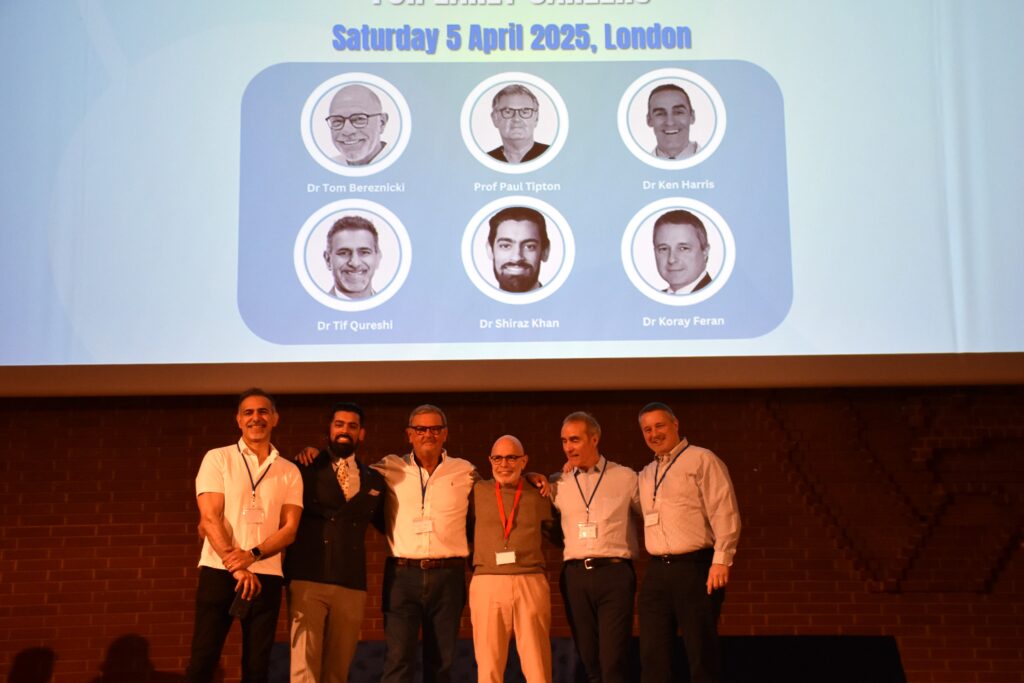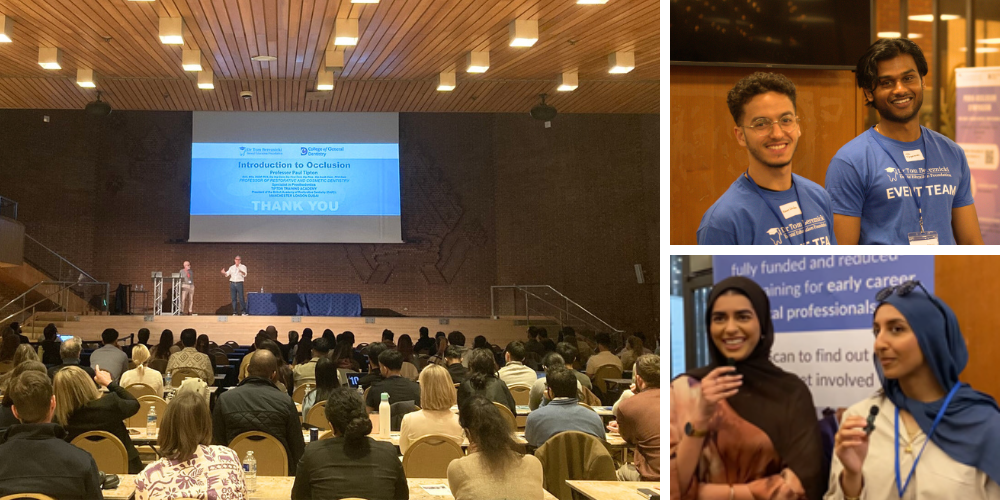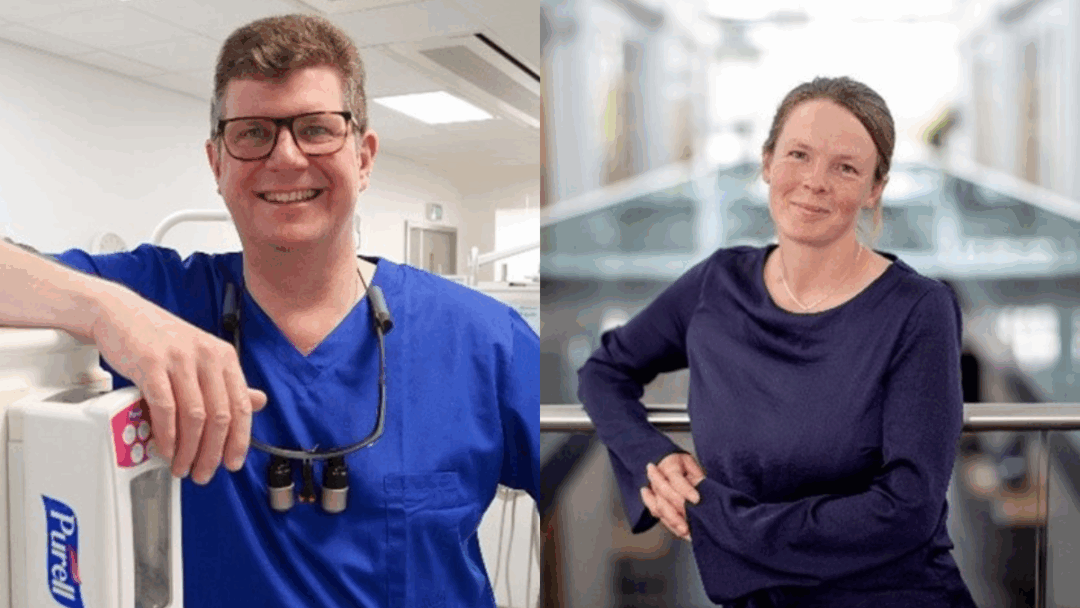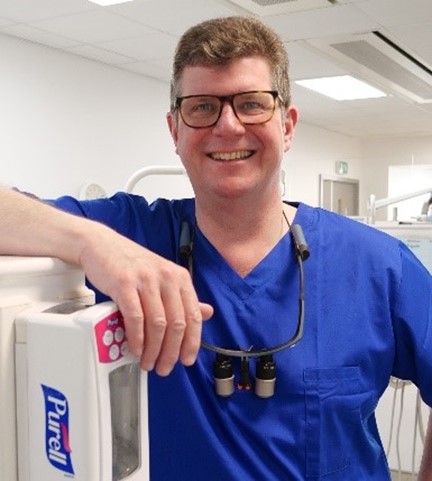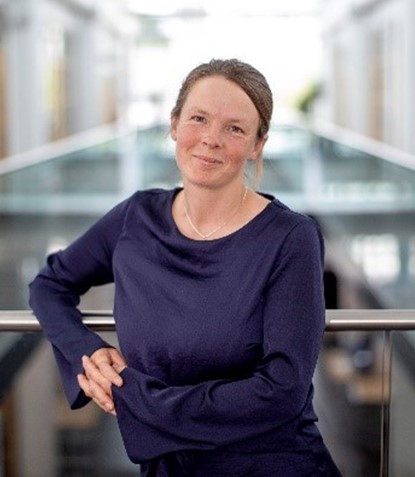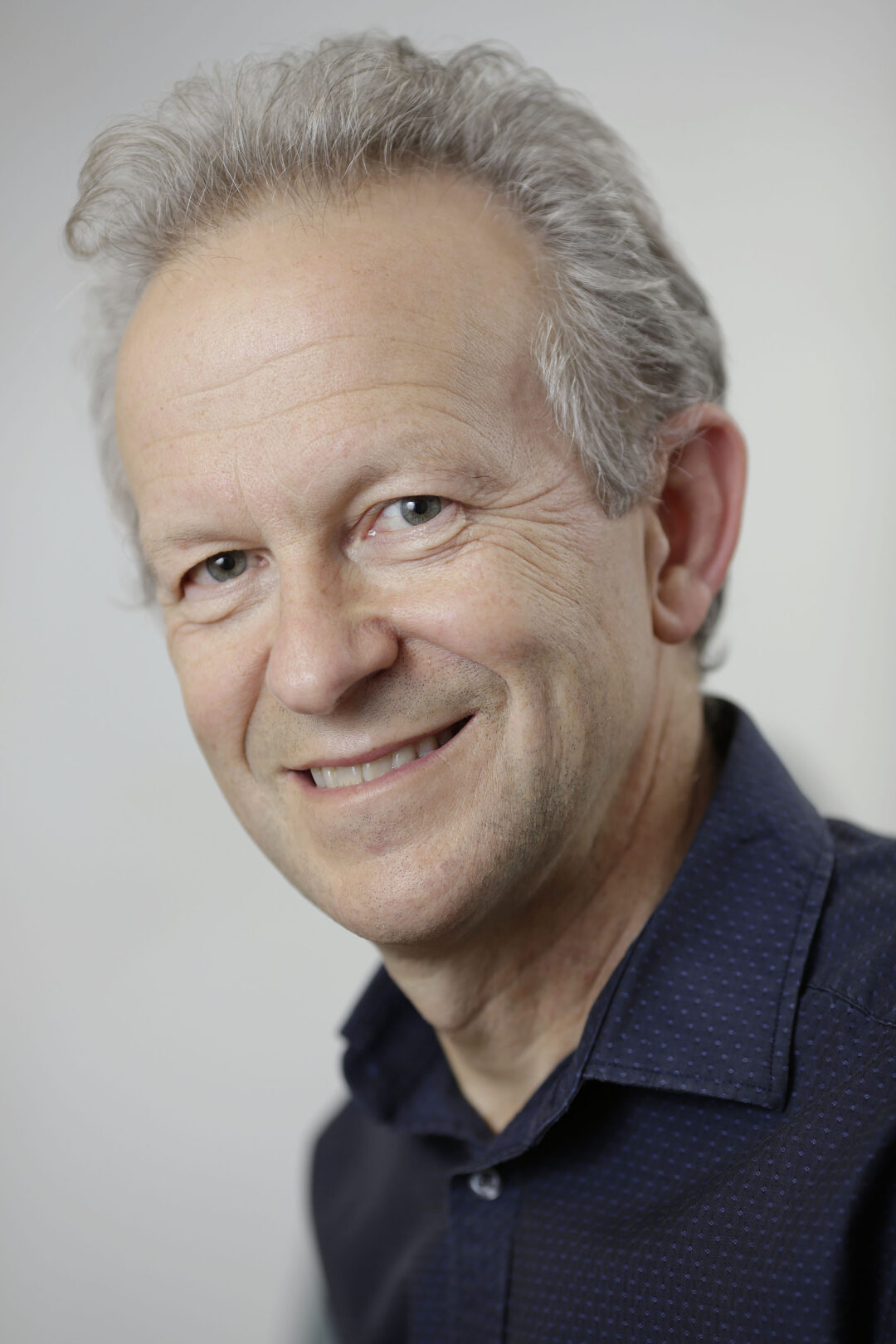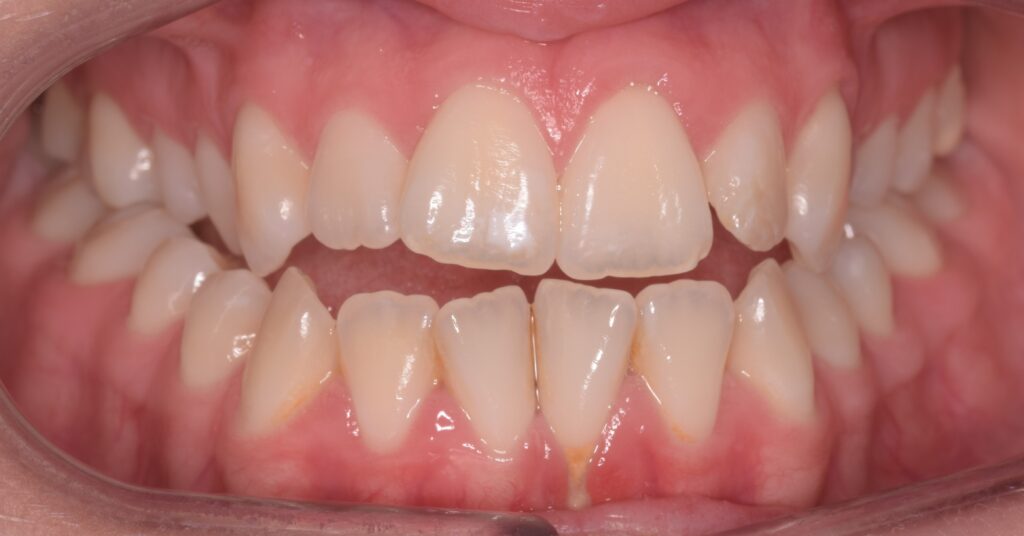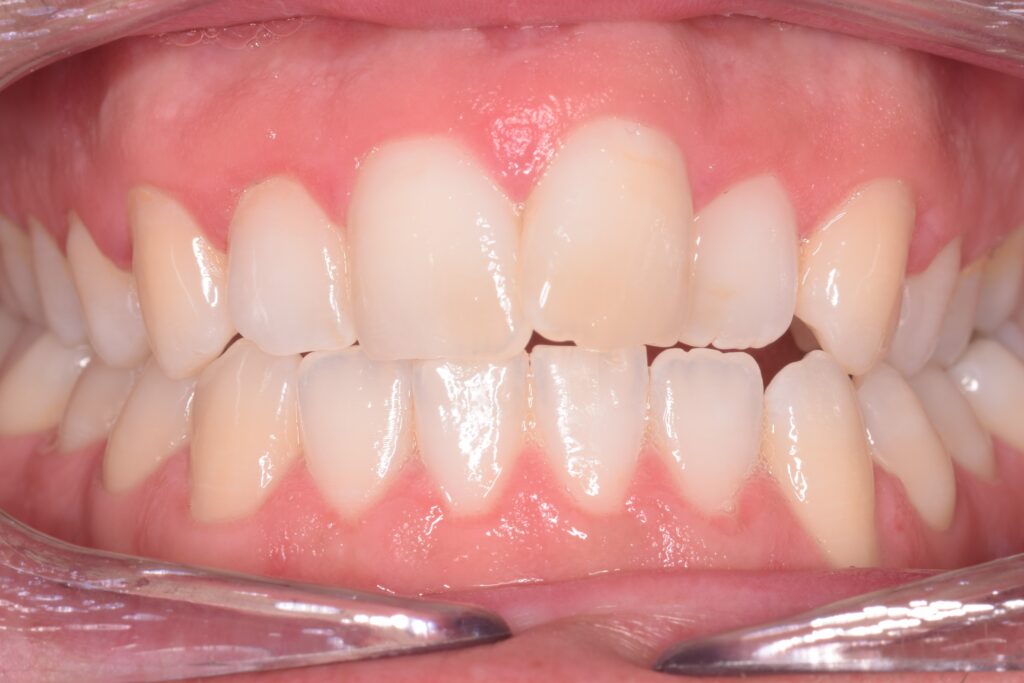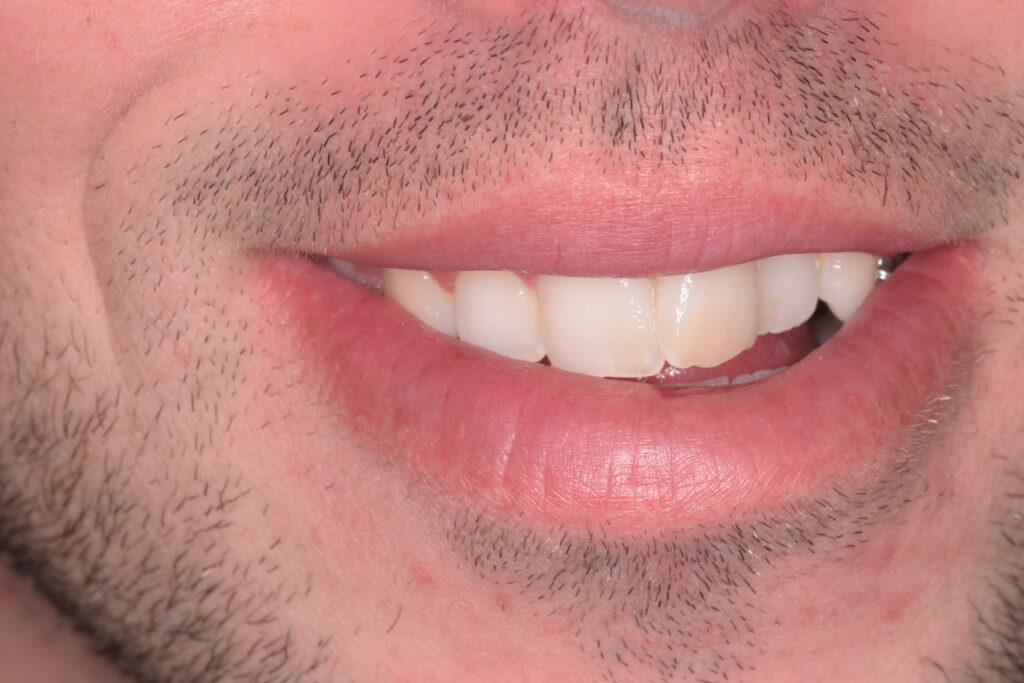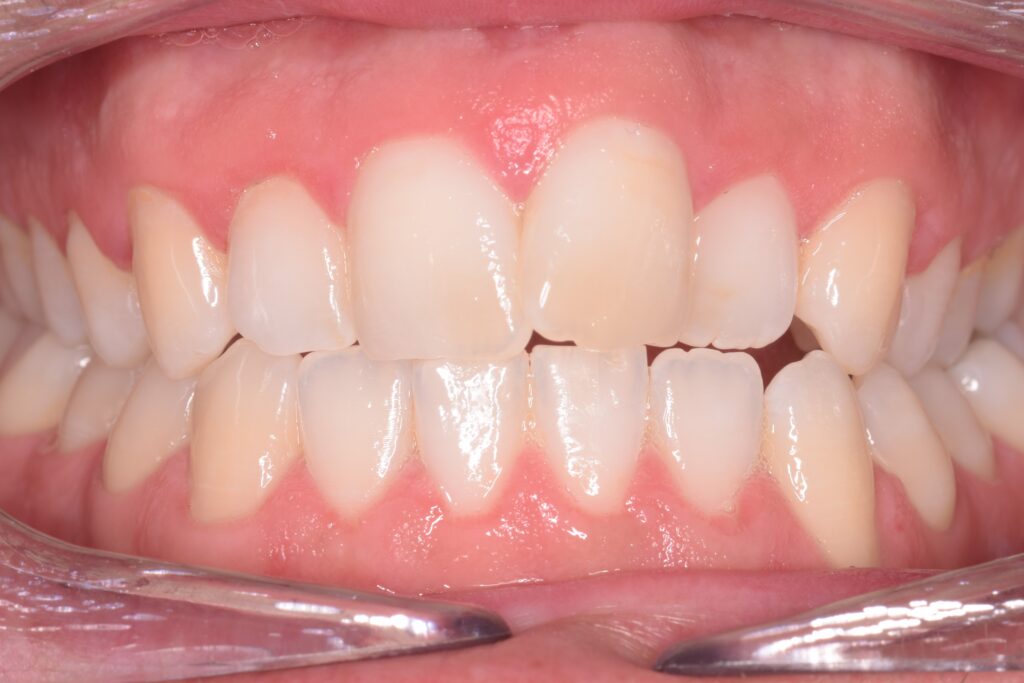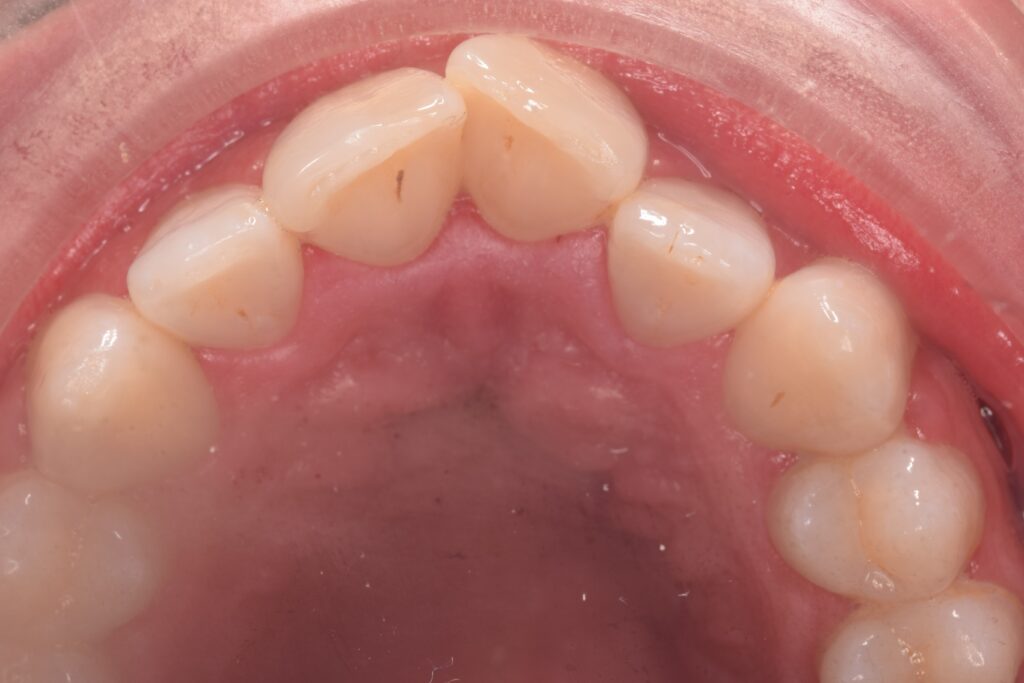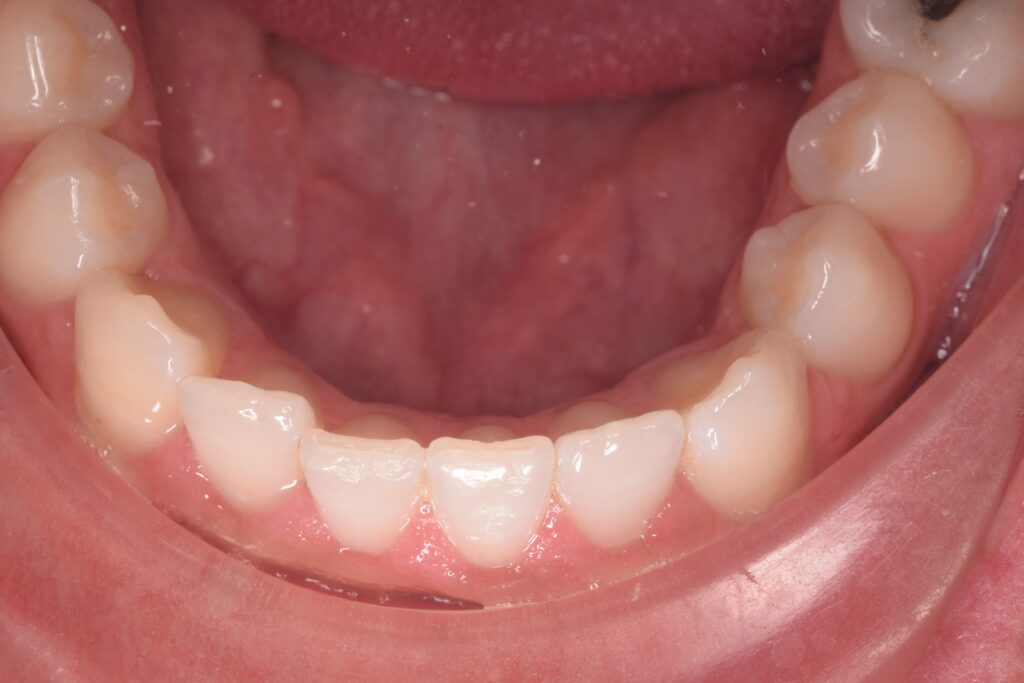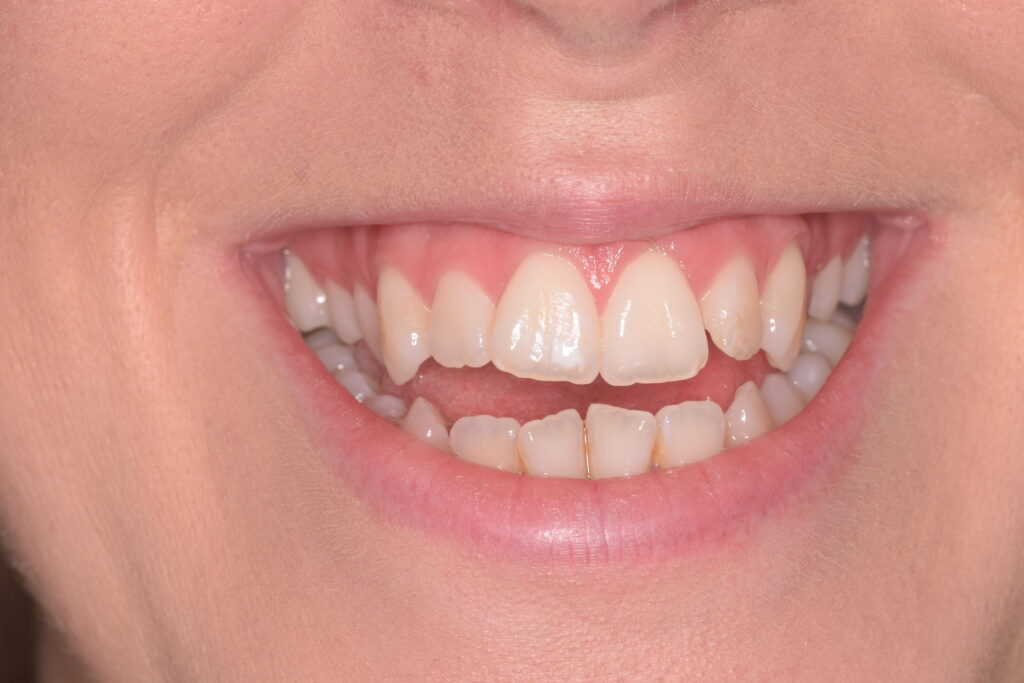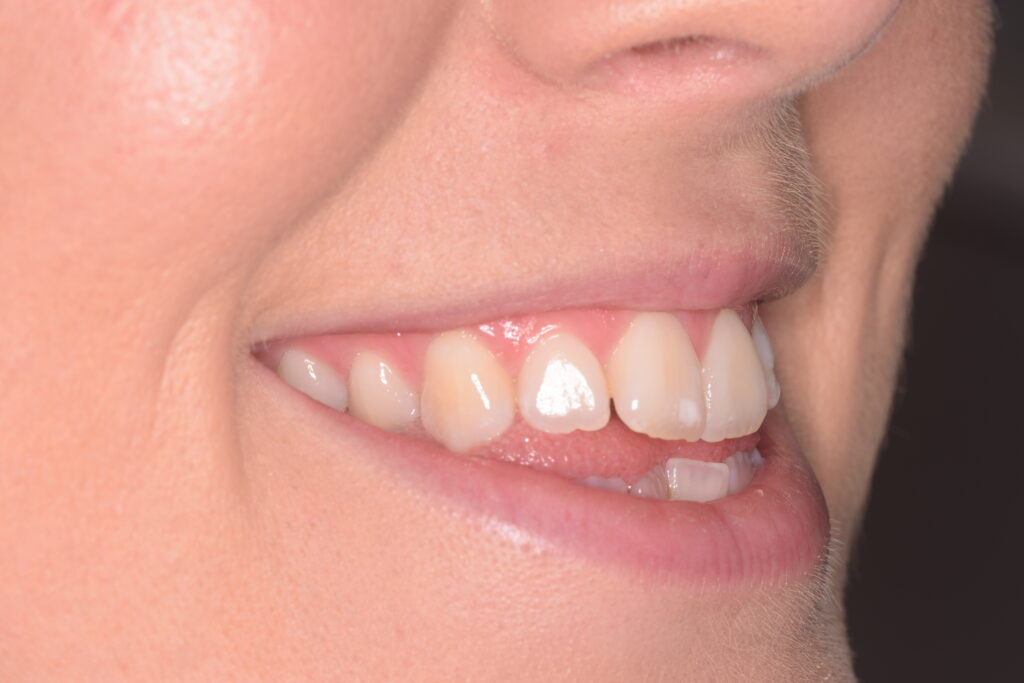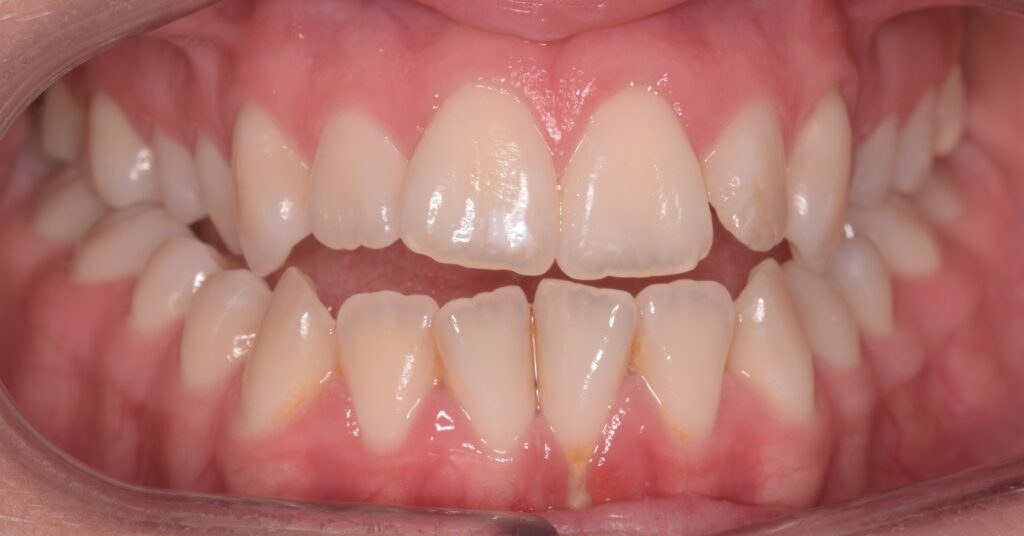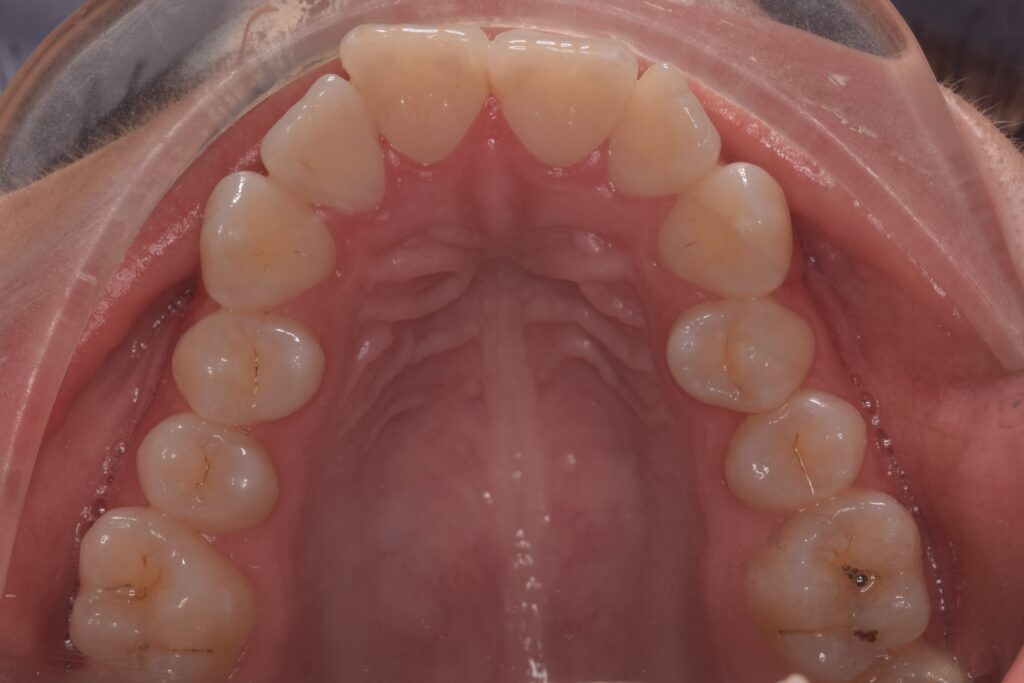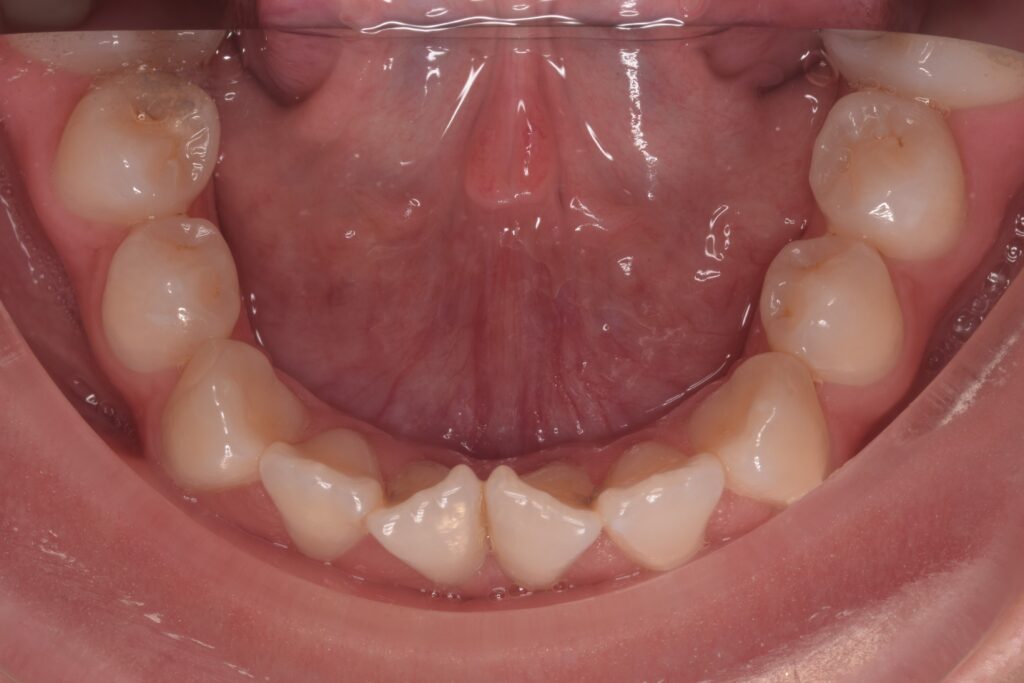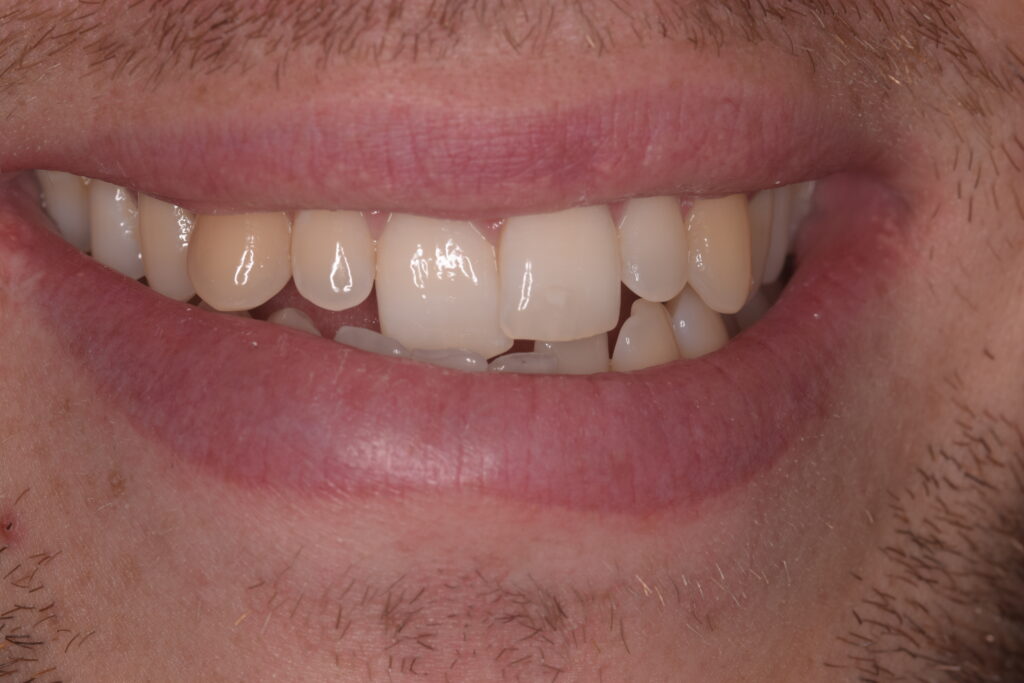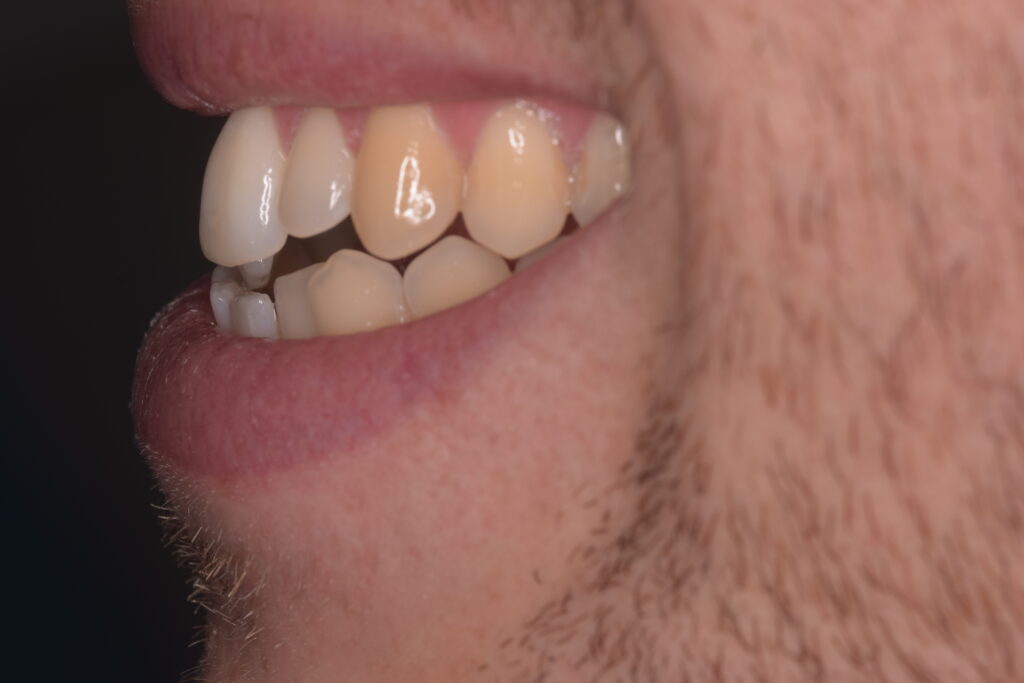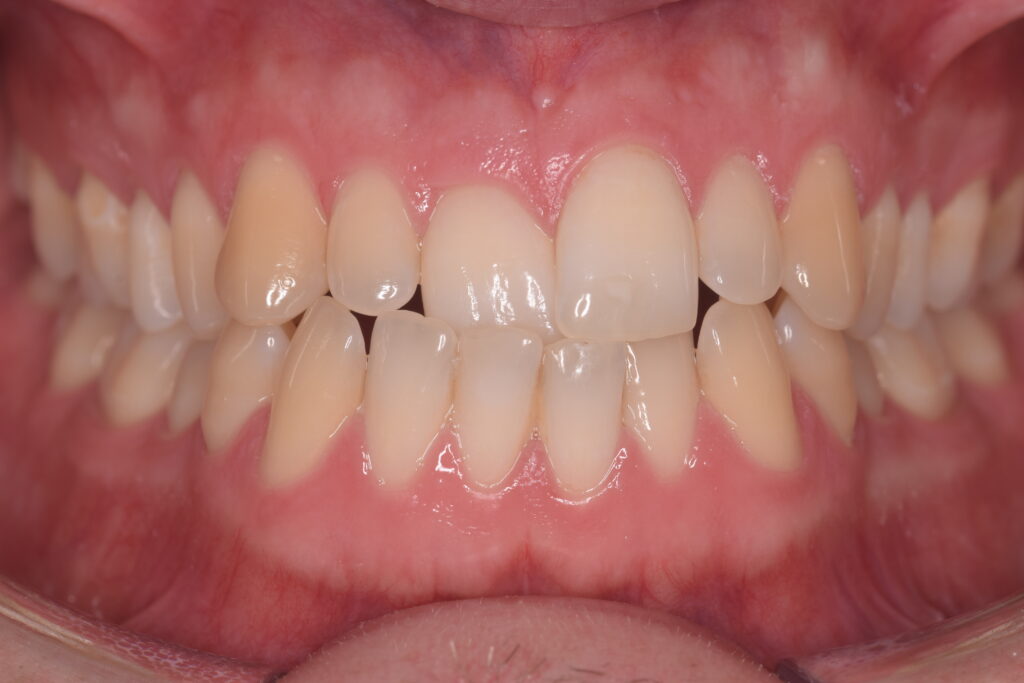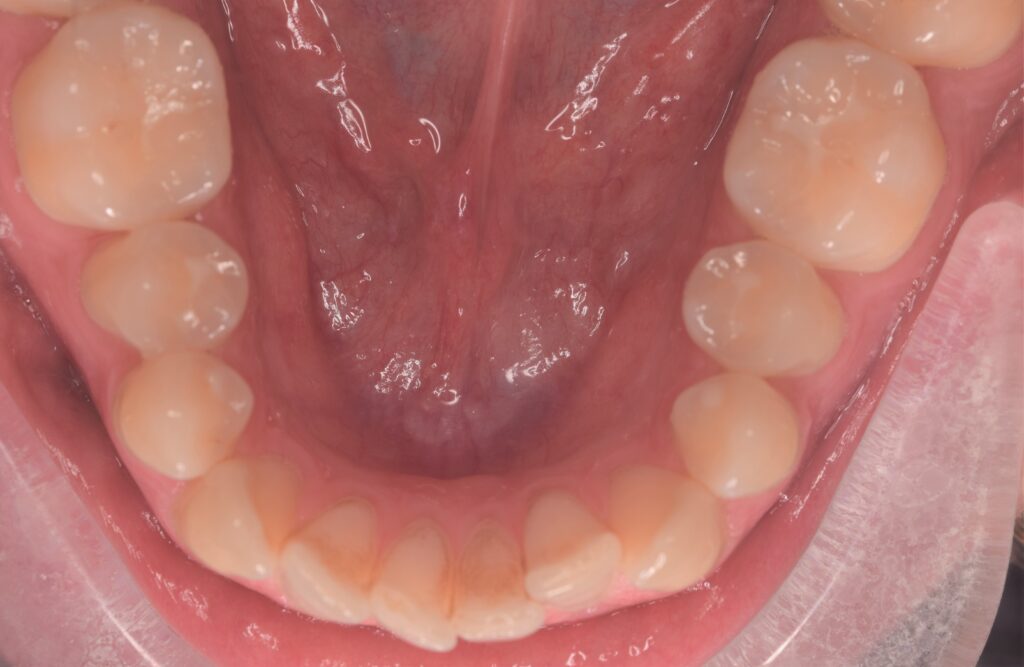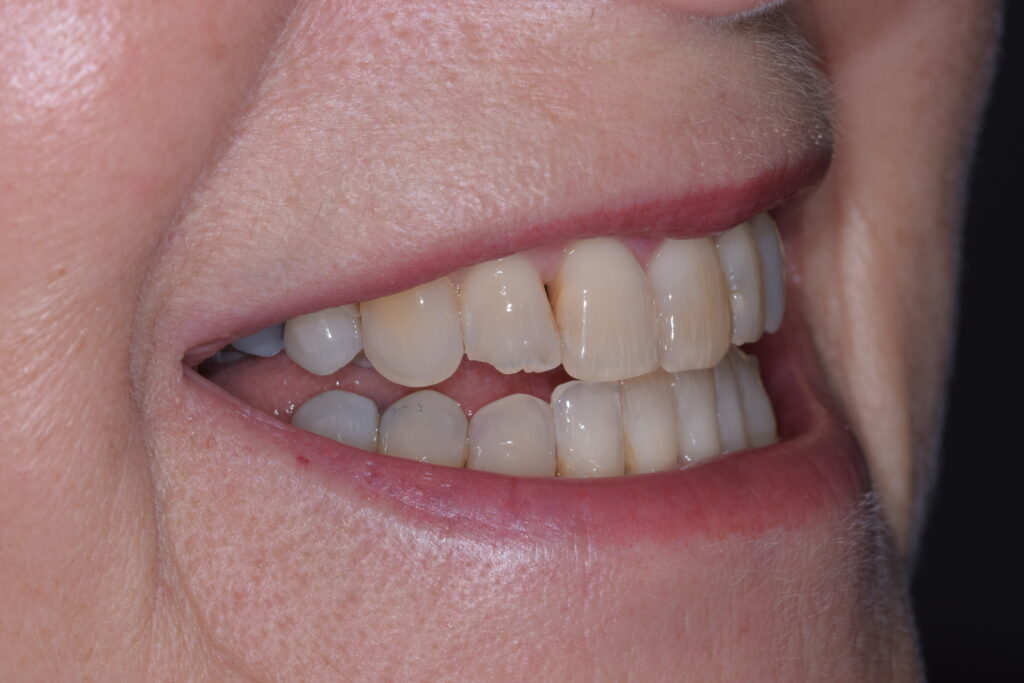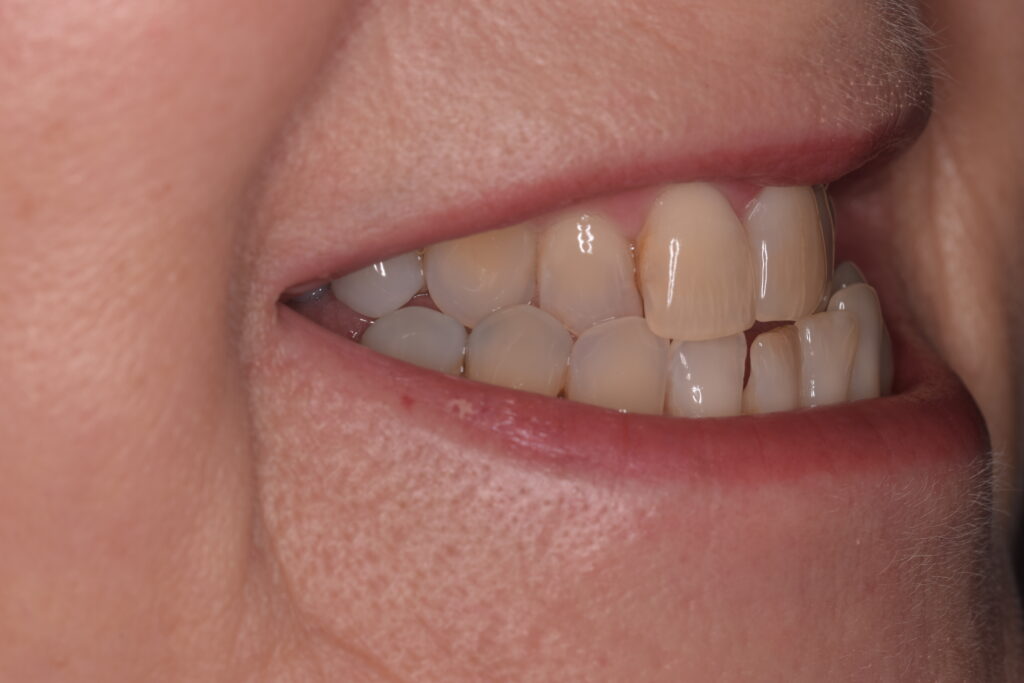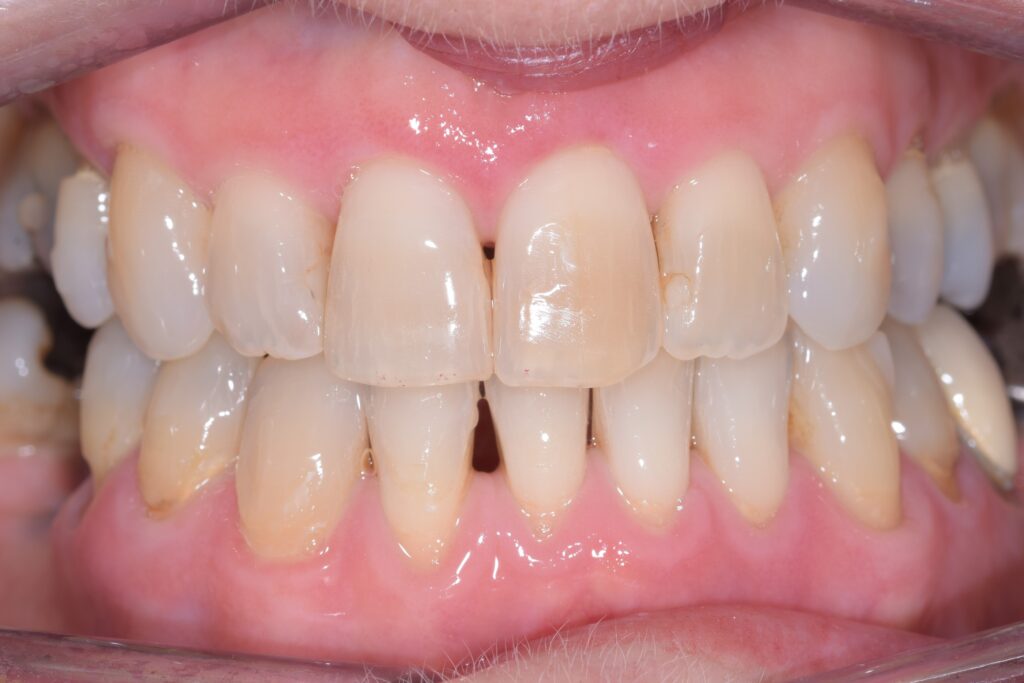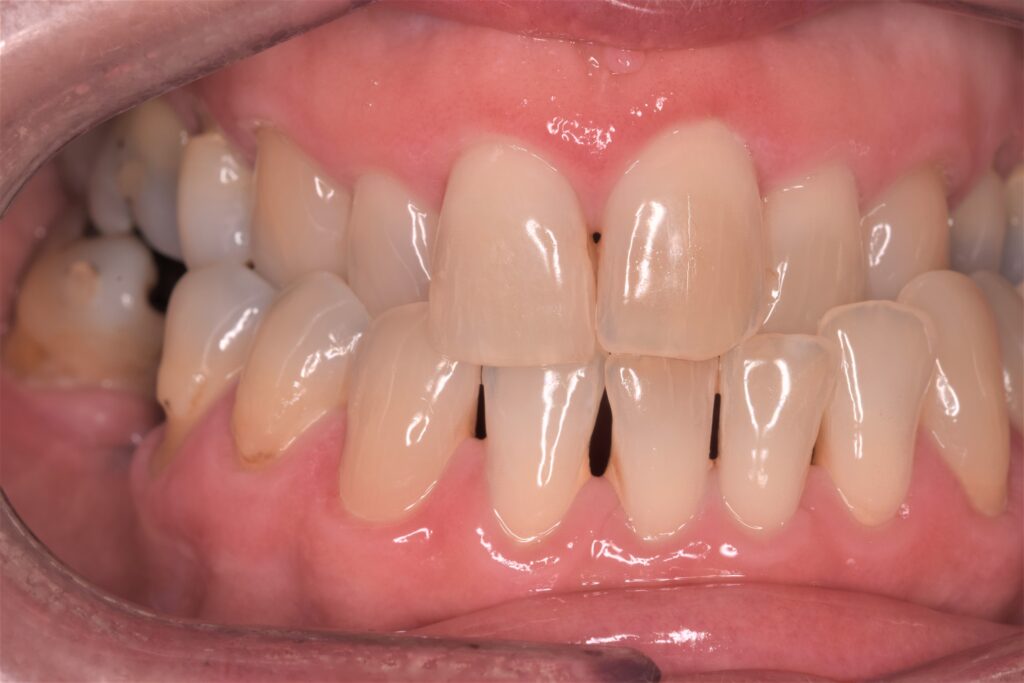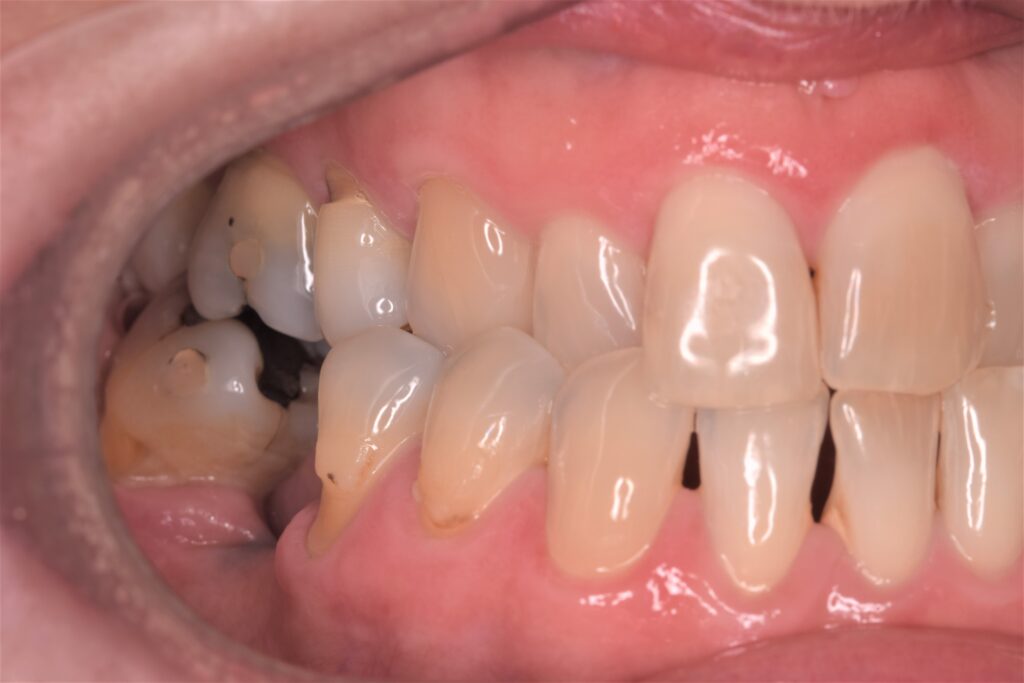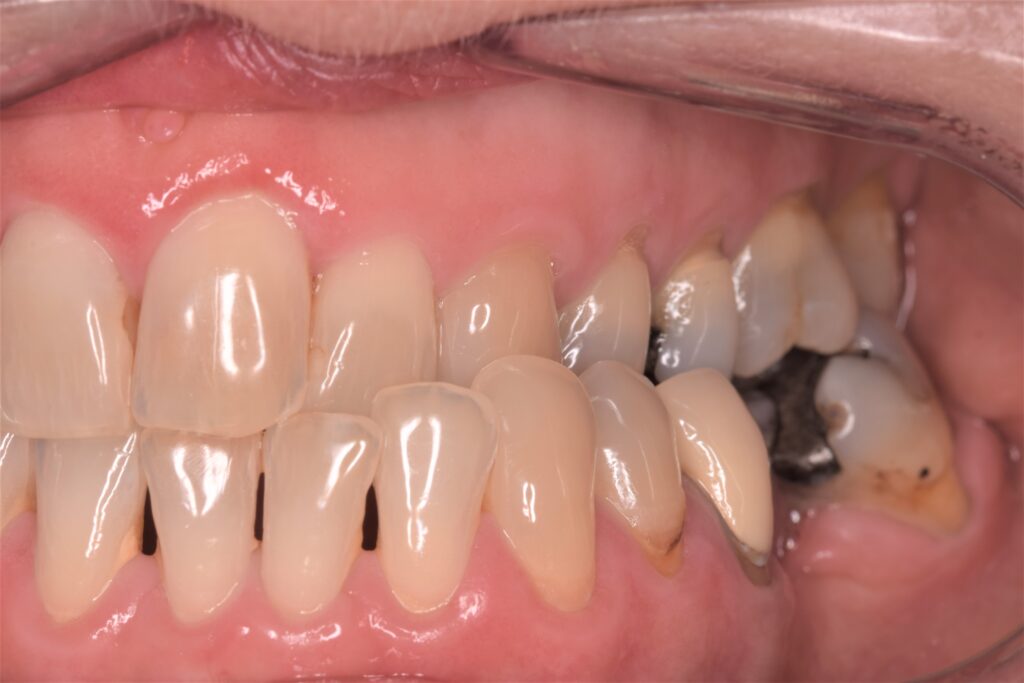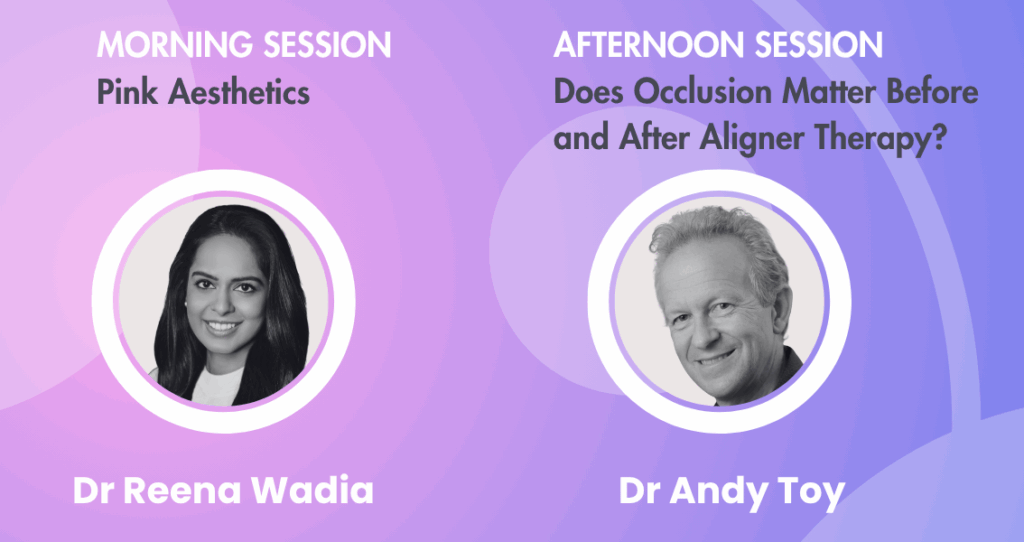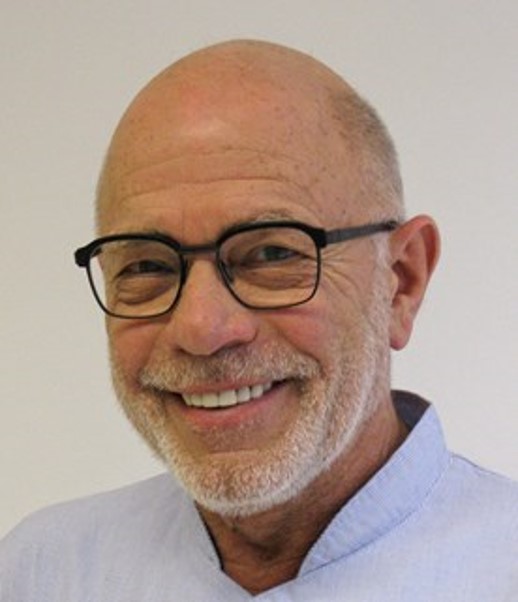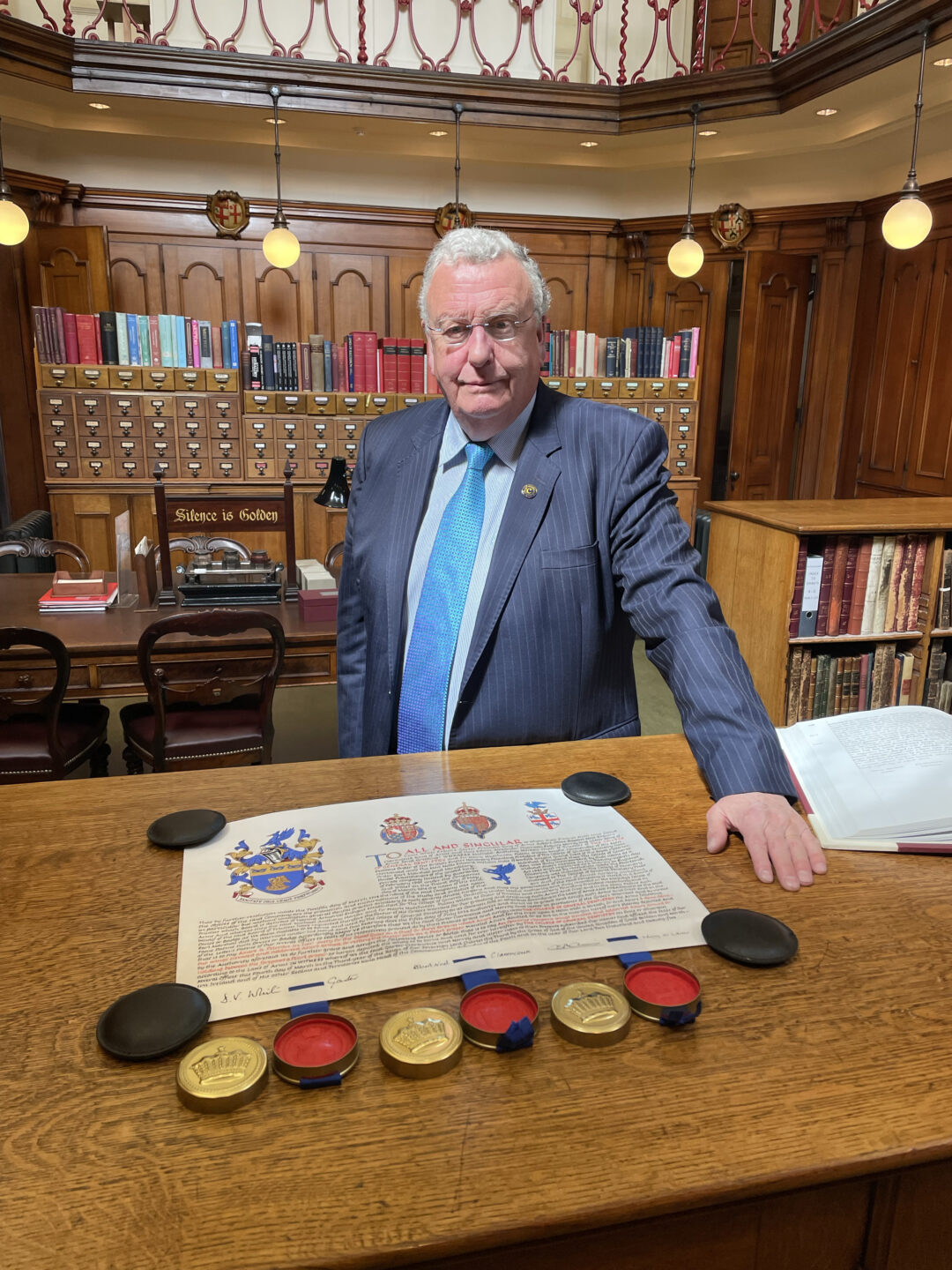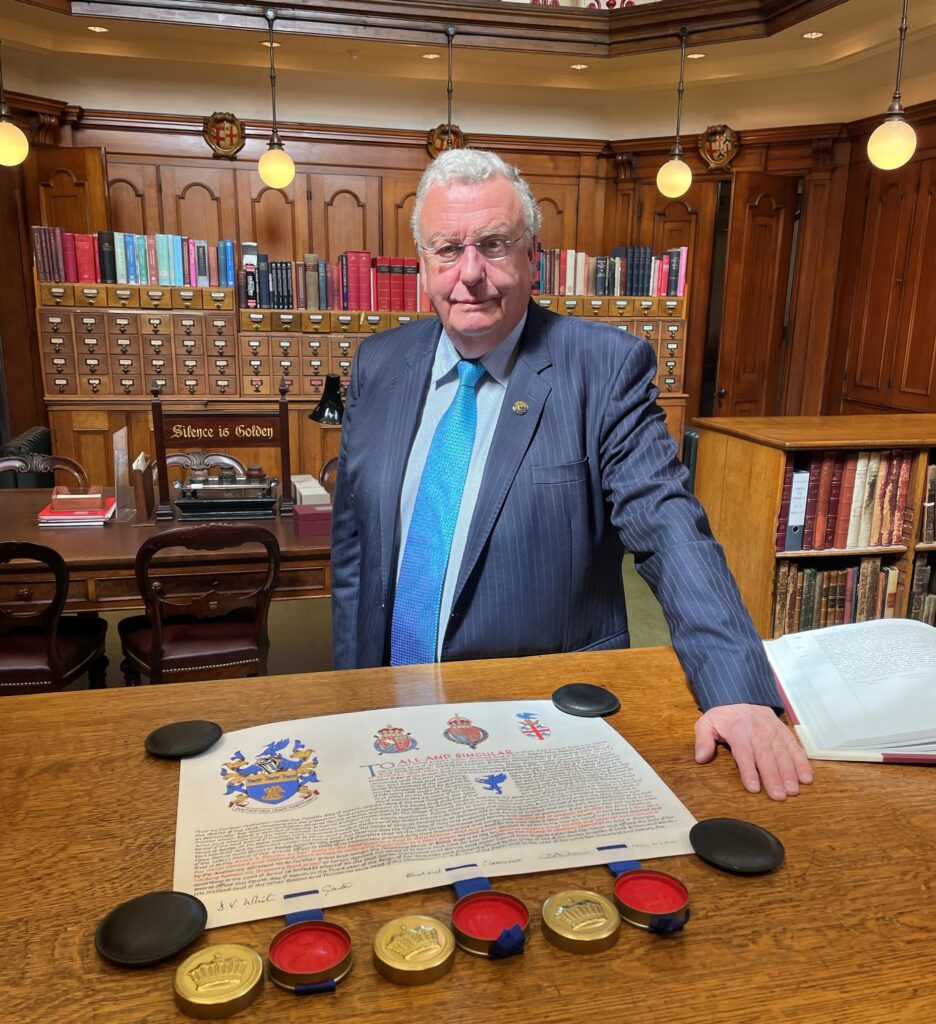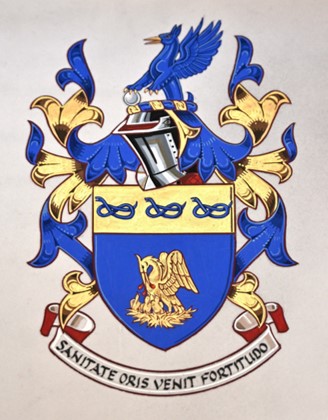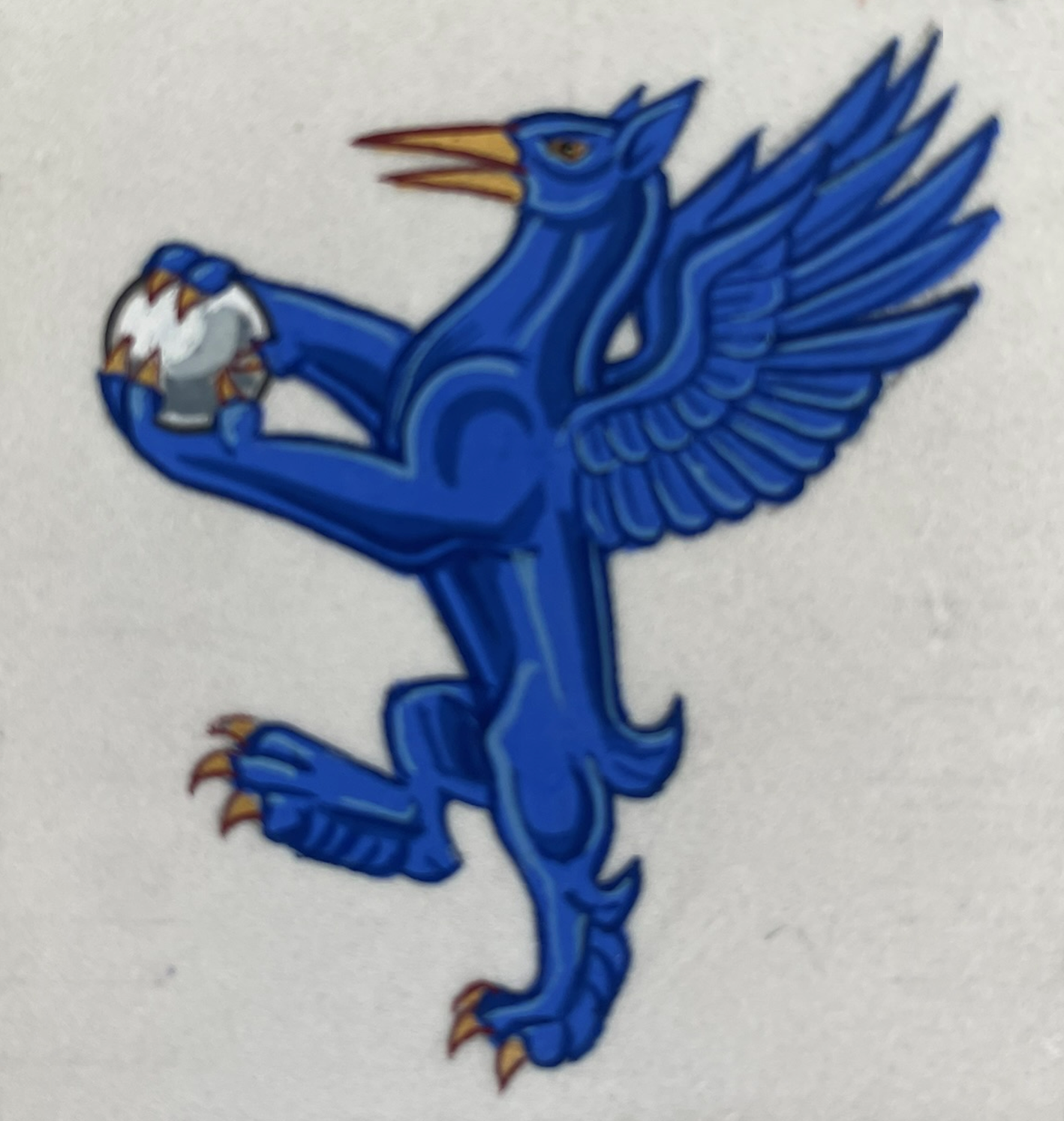Sarah Murray MBE, Reader in Dental Therapy Education at Queen Mary University of London and Board Member of the College’s Faculty of Dental Hygiene and Therapy, and Leon Bassi, Clinical Lecturer in Primary Dental Care (Dental Therapy) at the University of Liverpool, discuss academic career pathways for dental therapists and dental hygienists.
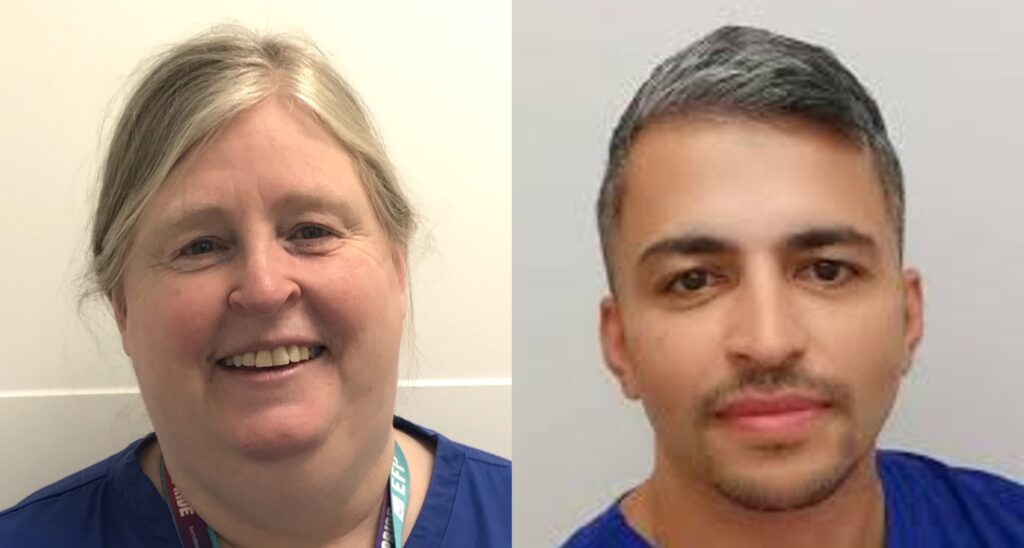
The development of academic expertise within a professional group is essential to the process of professionalisation. To foster ownership of a specific body of knowledge, professional groups must possess adequate academic training to identify (through scholarly and research study), defend (through critical understanding and articulation), and sustain (through research and scholarship) that knowledge. Therefore, it is critical to provide opportunities for professionals to cultivate research skills and engage in research that is specific to their field. This strengthens the professional group to claim custodianship over their clinical discipline but also contributes to the broader process of professionalisation. (Dussault, 1981)
Utilising all of the dental team
In recent years, the NHS has placed increasing emphasis on ‘Building Better Teams’ (NHS England 2017), recognising that high-quality care relies on the effective integration of different professional skills. This is very relevant in dentistry, where the role of dental hygienists (DH) and dental therapists (DThs) has expanded significantly over many years. In a review of the literature, Nash and colleagues (2008) concluded that “access to basic dental care will not be available without the utilisation of dental therapists in the workforce”, whilst Johnson (2009) argues for a paradigm shift using dental hygienists to shift the culture “from treatment to prevention, wellness and self-care”. Research has shown that DTh are able to undertake over 70% of tasks routinely delivered in NHS primary care and ‘that only around 23% of clinical time was spent on “dentist only” tasks within the NHS nationally’ (Wanyonyi et al., 2015). Harnessing the potential of dental hygienists and dental therapists through skill mix, not only enhances efficiency but also addresses workforce challenges for greater access for the population to access dental care.
The NHS Long-Term Workforce Plan in 2023 highlighted the need to invest in dental education, and the Dental Schools Council (DSC) has called for an increase in both dentistry and dental therapy training places as a key priority. Chen et al. (2021) conducted a global scoping review of the education and career pathways of dental therapists, dental hygienists, and oral health therapists, synthesising 53 sources to explore their professional development. The review found that, despite advocacy for expanded roles beyond traditional clinical practice, most professionals in these fields continue to primarily practise as clinicians and express dissatisfaction with limited career progression opportunities. In our opinion, the Health Education England’s Advancing Dental Care project failed to illustrate how dental hygienists and therapists can have a fulfilling academic career. The World Health Organization’s Global Strategy and Action Plan for Oral Health (WHO, 2024) emphasises the need to focus on the oral healthcare team, particularly mid-level care providers, which we feel includes dental hygienists and dental therapists and their unique place in offering research led preventative based care to help tackle the global burden of non communicable diseases.
The dental academic landscape
Within academic institutions, there are other registered dental care professionals who work alongside their dentist colleagues, however, their route to comparable academic career pathway opportunities is varied across the United Kingdom. Unlike the standardised and managed academic career pathways for dentists, the career pathways for DH and DTh working in dental academia are neither standardised and at times not comparable in terms of academic opportunities.
As an example, we thought we would share our own academic career journeys.
Sarah Murray
My academic journey began with a primary qualification as a dental hygienist and dental therapist. My curiosity was sparked by thinking about how different professionals across the wider healthcare community could work together, which led me to pursue an MA in Primary Health and Community Care, with the University of Westminster.
During my postgraduate studies I developed a strong grounding in reflective practice and learning from other healthcare professionals, that included health visitors, GPs, complementary therapists, and these interactions helped me to consider the challenges surrounding working together for enhanced patient centred outcomes. However, at the time there were no structured academic pathways for me to take, so I had to find my own path, seeking out opportunities and mentorship for myself.
I am currently a Reader in Dental Therapy Education at Queen Mary University of London, and have held previous roles with the University of Essex as a Senior Lecturer within the Oral Health Sciences team, and the University of Suffolk in 2023 as the Curriculum Development Lead for their new BSc (Hons) in Dental Hygiene and Therapy. These opportunities have helped shape my academic career journey, each contributing differently, but complementing my academic development as an educator, leader and academic innovator.
Leon Bassi
I graduated as both a dental therapist and dental hygienist from Queen Mary University of London (Barts and The London School of Medicine and Dentistry). I went on to complete an MSc in Advanced Specialist Health Care at the University of Kent, and then a PG Diploma in Paediatric Dentistry for Dental Therapists.
My career spans community, hospital and specialist private practice. Alongside my clinical practice, I work as a Clinical Lecturer in Primary Dental Care (Dental Therapy) at the University of Liverpool.
It is important that student dental hygienists and dental therapists are taught by colleagues within their own profession, because this ensures teaching is grounded in the specific scope of practice, professional identity, and affords the opportunities to explore what the professional boundaries are in various care settings, and real-world challenges unique to their roles. Interprofessional education is key for us to meet the WHO global oral health strategy (WHO, 2024), however, peer-led education is also crucial to foster a deeper understanding of clinical competencies, role boundaries, and teamwork, while also modelling career pathways and inspiring professional confidence.
Conclusion
Dental hygienists and dental therapists play an integral role in oral healthcare, yet the academic pathways leading to professionalisation in these fields remain underdeveloped compared to other dental professions. As the demand for advanced clinical practice, research and teaching continues to grow, it is crucial to support the academic development of these professionals, fostering their ability to become the next generation of researchers, academics and advanced clinical practitioners.
Through the Faculty of Dental Hygiene and Therapy, the College offers structured support to colleagues, helping to forge their academic career. Through professional development, mentorship and networking opportunities, dental hygienists and dental therapists can enhance their skill set and strengthen their leadership, educational, policy and research skills within the wider dental community.
References
Chen, D; Hayes, M; Holden A (2021). A global review of the education and career pathways of dental therapists, dental hygienists and oral health therapists. BDJ Team 8, 36-42 https://doi.org/10.1038/s41407-021-0654-4
Dussault, G. (1981) The Professionalisation of Dentistry In Britain: A Study of Occupational Stratification, published PhD thesis. The University of London.
Johnson, P. (2009). International profiles of dental hygiene 1987 to 2006: a 21-nation comparative study. International Dental Journal, 59(2), 63–77. https://doi.org/10.1922/IDJ_2076Johnson15
Health Education England (2021). Advancing Dental Care: Education and Training Review – Final Report. HEE, London.
NHS England (2017). Building Better Teams: Exploring the contribution of skill mix in NHS primary dental care. NHS England.
Nash, D.A., Friedman, J.W., Kardos, T.B., Kardos, R.L., Schwarz, E., Satur, J., Berg, D.H., Nasruddin, J., Mumghamba, E.G., Davenport, E.S., & Nagel, R. (2008). Dental therapists: a global perspective. International Dental Journal, 58(2), pp. 61–70. https://doi.org/10.1111/j.1875-595x.2008.tb00177.x
Wanyonyi, K.L., Radford, D.R., & Gallagher, J.E. (2015). Alternative scenarios: harnessing mid-level providers and evidence-based practice in primary dental care in England through operational research. Hum Resour Health. 2015 Sep 15;13:78. doi: 10.1186/s12960-015-0072-9
WHO (2024). Global strategy and action plan on oral health 2023–2030. [online] www.who.int. Available at: https://www.who.int/publications/i/item/9789240090538.
Sarah Murray and Leon Bassi delivered a CGDent lecture on academic career pathways for dental therapists and dental hygienists at the British Dental Conference and Dentistry Show in 2025.

